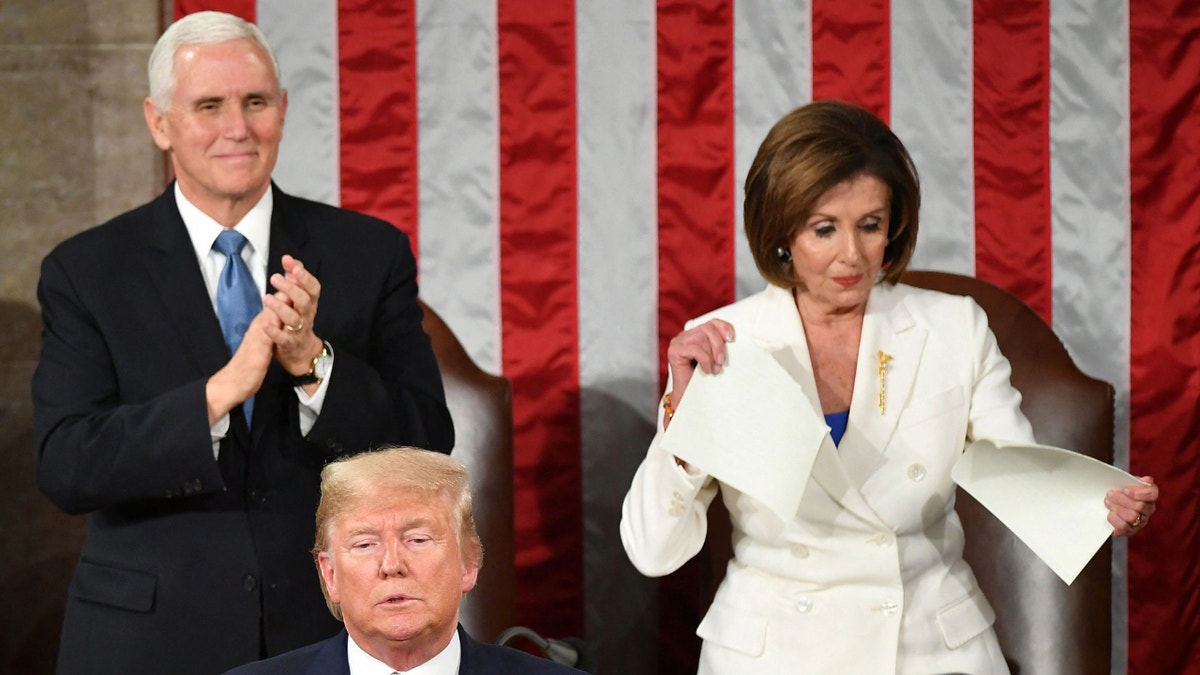
Democrats Grapple with Protest Strategies Ahead of Trump’s Congressional Address
President Donald Trump’s upcoming address to Congress is poised to be a flashpoint, not just for policy pronouncements, but also for demonstrations by Democratic lawmakers. As Trump prepares to lay out his vision for the nation, Democrats are engaged in a fierce internal debate over the most effective way to express their opposition, ranging from subtle symbolic gestures to potentially disruptive actions.
The planned protests highlight the deep divisions within the Democratic Party regarding how to engage with the Trump administration. While there is widespread agreement that Trump’s policies and rhetoric necessitate a strong response, opinions differ sharply on the appropriate form that response should take.
According to sources familiar with the discussions, a faction of more progressive Democrats are advocating for a highly visible and potentially disruptive approach. This group is reportedly considering options such as staging walkouts during the speech, employing noisemakers to disrupt Trump’s remarks, and engaging in other forms of direct action designed to draw attention to their disapproval. One source indicates that some lawmakers believe that a forceful display of resistance is necessary to galvanize the Democratic base and send a clear message to the Trump administration.
However, more moderate Democrats are urging caution, arguing that such tactics could backfire and ultimately benefit Trump. They fear that disruptive protests could be portrayed as disrespectful and chaotic, alienating moderate voters and reinforcing negative stereotypes about the Democratic Party. This group is reportedly advocating for more symbolic forms of protest, such as wearing coordinated outfits, carrying protest signs, or engaging in silent demonstrations. One lawmaker told Axios, "The part that we all agree on is that this is not business as usual and we would like to find a way — productively — to express our outrage."
The potential for walkouts is particularly contentious. Some Democrats have reportedly discussed leaving the chamber if Trump uses language or rhetoric they deem offensive or harmful, particularly regarding sensitive topics like gender identity. However, others worry that such a move could be interpreted as a sign of weakness or disrespect for the institution of Congress.
Democratic leaders are reportedly attempting to mediate the internal debate and encourage members to prioritize a unified and civil approach. They are emphasizing the importance of avoiding actions that could be easily exploited by Trump and his allies. According to one lawmaker, "There are definitely a lot of constituents that really want Democrats to disrupt and there are constituents who feel like that just plays into his hands."
Beyond the debate over disruptive tactics, Democrats are also planning more traditional forms of protest. The Democratic Women’s Caucus is encouraging members to wear pink, a color often associated with feminist causes. Additionally, members of the Congressional Black Caucus are reportedly considering wearing black to signify their opposition to Trump’s policies. Some members are also contemplating wearing blue and yellow to express solidarity with Ukraine, reflecting the ongoing geopolitical crisis.
The increased frequency and intensity of protests at major presidential events, like State of the Union addresses and other congressional speeches, reflect the heightened political polarization in the United States. While Trump’s address is not officially a State of the Union, it is expected to follow a similar format and draw significant attention.
Meanwhile, White House officials have revealed that the theme of Trump’s address will be "The Renewal of the American Dream." The speech is expected to highlight what the Trump administration considers key accomplishments during Trump’s second term, both domestically and internationally. It will also focus on the administration’s economic achievements, Trump’s renewed push for border security funding, and his plans for promoting peace around the world.
White House Press Secretary Karoline Leavitt characterized the address as "must-see TV," adding that Trump has "accomplished more in one month than any president in four years." Leavitt stated that Trump will celebrate his "extraordinarily successful first month in office" while outlining his vision for the future.
The address is scheduled to take place at 9 p.m. EST. Fox News plans to provide live coverage of the event. The speech is expected to be divided into four main sections, focusing on:
- Achievements from Trump’s second term thus far.
- The Trump administration’s impact on the economy.
- The president’s call for additional border security funding.
- The president’s plans for global peace initiatives.
As Trump prepares to address Congress, the political climate remains highly charged. The planned protests by Democratic lawmakers underscore the deep divisions and intense opposition that Trump faces. The effectiveness of these protests, and their ultimate impact on public opinion, remains to be seen. However, one thing is clear: Trump’s address is likely to be a highly contentious and closely watched event. The outcome of the Democrats’ internal debate on protest strategy will likely shape the tone and tenor of the opposition to Trump’s agenda in the weeks and months to come. The nation will be watching to see if a unified message of resistance emerges, or whether the divisions within the Democratic Party will overshadow their efforts to challenge the Trump administration.
